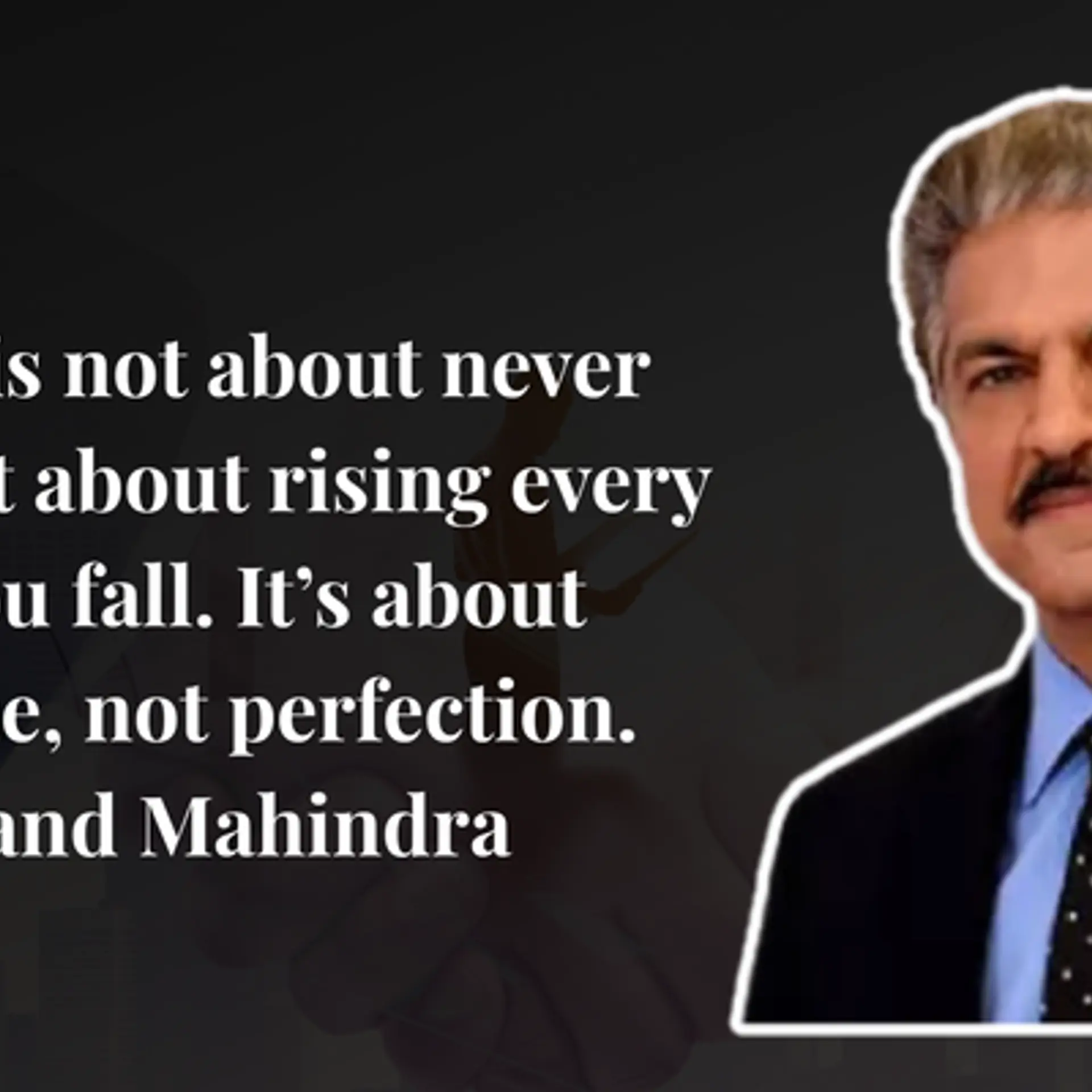I read Atanu Dey’s take on Innovation and Entrepreneurship in India in response to a question put forward by Sramana Mitra on her blog Why is the entrepreneurial ecosystem in India not coming together as well as it needs to?
Atanu makes a strong pitch for leveraging existing solutions for development, reasoning that India has not yet reached a stage where we need “cutting edge research and development.” It is sufficient to implement known innovations, he conjectures. A compelling argument but I feel there are a lot of points that need to be bought out in this respect.
To start with, let us understand that we are talking about two things “Does India need (more) innovation?” and “Why does India not innovate as much as it needs to?” And, in my opinion, the answer to the latter does not lie in the former.
Coming to the first question, India does need more innovation, in fact it needs lots of that. Why? A few reasons:
1. India cannot simply follow the development process that US followed. It can take cues but trying to imitate exactly the same cycle will lead to half baked results. To be sure, innovation does not necessarily imply high technology. It also implies a technology/concept that apart from being “innovative” is implement-able too. We did not have to go through the “pager usage phase” to reach “cell phone mobility” even though we did try that. Lets take up rural innovation. We need to innovate and find out ways to increase yields on small land holdings. We need to innovate when it comes to connecting villages to the national mainstream using IT and Internet. Innovation not just in terms of technology but in terms of pricing, marketing, sales & distribution. Isn’t the Amul cooperative model innovative? Ecoflo from Bhinge Brothers[PDF] is one such innovation in rural technology.
2. India needs scale. Incidentally while attending a class at CSIM, Chennai on Saturday, I had stated the same point. India cannot blatantly import models of growth or innovation from developed countries because of its sheer size. Being a democracy makes the task even more challenging. Taking cues from countries like Brazil seems more pertinent especially when it comes to designing solutions for the masses. Dr K L Srivastava at CSIM Chennai made a point in the class, that scale is not always the case – citing disability related issues as an example. In my opinion, looking at absolute numbers the “niche” in India dwarfs similar numbers in US. Scalable solutions are really important.
3. India is a unique country. When I say this, my point is not to allude towards our rich culture and the related. I am trying to draw attention to myriad languages, populations, cultural differences, attitudes, motivations. Even solutions customized for India may not necessarily work for the entire country. Regional innovation is also important. To give you an example, an Internet based micro lending organization like Rang De faces a lot of initial skepticism from lenders because of the non-profitable NGO thinking that social development is generally associated with.
4. India needs to leverage the technology to create more technology. The “low hanging fruits” of existing innovation may have either gone bad or may not even suit my palate. But I can use the seeds of these fruits to create hybrid varieties which I may be able to consume.
Coming to Sramana’s question of why are we not as innovative as we need to, a lot of answers have already been put on her blog. However, innovation is an exponential function. And the required start has been made. Readers can read this blog to find out innovations being undertaken in the social development sector. Not to mention, the Indian solutions like Tata Ace and Nano, Bajaj’s experiment with fuel efficiency. Aravind Eye Care may be cited as an exception that proves the rule – innovation is to be expected from the youth. But, nevertheless, it does prove that innovation can come from any field/age. We have organizations like RIN (Rural Innovations Network) and SRISTI which are fostering and encouraging innovation. One field that is seeing considerable traction is financial inclusion and for the right reasons, of course. I am hoping to see more progress in this one field which in turn will be one of the catalysts for more innovation.
I have been amazed at the optimism we share at TC-I, but it should not be mistaken for foolhardiness. It may be because we have the right balance in terms of experience and intellect.






